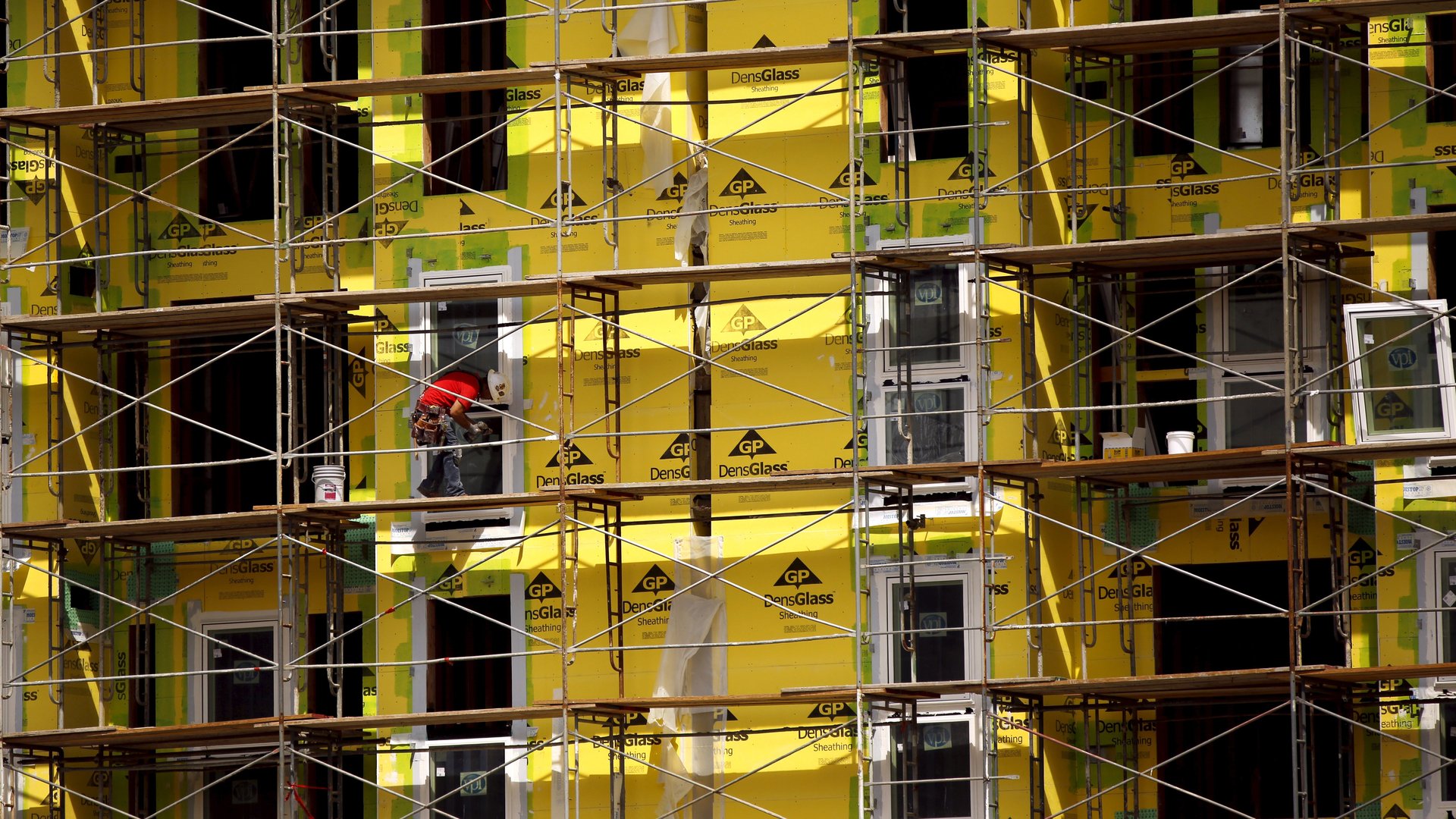America’s luxury apartment boom is gentrification on steroids
Across the country a wave of dual-income couples and down-sizing baby-boomers are skipping home ownership and choosing apartment living instead. These elective nomads are pushing rents in American cities through the roof. Meanwhile, other renters—who have a median household income less than half that of homeowners—are finding that fewer and fewer homes fit their budget.


Across the country a wave of dual-income couples and down-sizing baby-boomers are skipping home ownership and choosing apartment living instead. These elective nomads are pushing rents in American cities through the roof. Meanwhile, other renters—who have a median household income less than half that of homeowners—are finding that fewer and fewer homes fit their budget.
Developers have responded by flooding the market with new apartments—nearly 250,000 were completed in 2015 alone. However, those who hope the building boom will provide shelter for the huddled masses are in for a nasty surprise: Three out of every four new apartment buildings are luxury designs targeted at high-end renters.
Housing data compiled by RentCafe, a rental search company, track completion of all new apartment buildings with 50 or more units. These buildings are graded based on presentation and amenities. The top two grades are classified as “luxury,” indicating that they are primarily targeted at those who choose to rent, even though they could afford to buy. Last year there were 895 such buildings completed in the US, up 134% from 2012.
Not surprisingly, the luxury boom is centered in some of the fastest growing American cities. The five metropolitan areas with the most new apartments were Houston, Dallas, Washington, DC, Seattle, and Denver. Each of those cities, suburbs included, completed more than 50 new buildings last year and had at least 75% luxury development.
Many smaller, less dense cities are also making room for rich renters. Austin, Texas, and Charlotte, North Carolina, each saw more than 5,000 new apartments completed last year. Slow-growing Milwaukee, Wisconsin, had nearly 1,000. Energy-rich Midland, Texas, with a population of just 167,000, built nearly 2,000 new luxury apartments last year.
The movement of affluent Americans from suburbs to cities—The Great Inversion—was well-documented even before the boom. Urban centers are steadily becoming richer, whiter and less welcoming to the working class. Even Pittsburgh, Pennsylvania, and Cleveland, Ohio, two cities that lost population over the last five years, built luxury apartments in 2015.
In theory all these new rentals should allow some existing renters to “trade up,” freeing up space for others to rent more affordably. However, housing developers are chasing a rental market that is growing today and is projected to keep growing for years to come. With new demand being created so quickly, construction of additional upscale units is unlikely to put much downward pressure on rents.
Barring a major intervention—say, a huge increase in funds for affordable housing—rents will probably continue to increase until they become so onerous that young couples and empty-nesters decide to start buying again. That economic “solution” is unlikely to do much for those city-dwellers who couldn’t afford to buy before their rents started rising. More likely they’ll just move out in search of cheaper, if not greener, pastures.